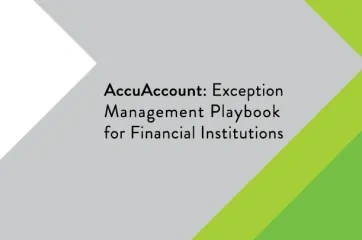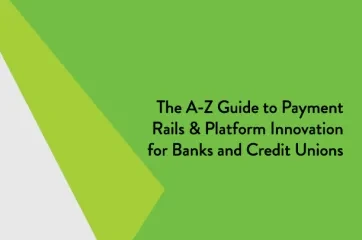In banking, the term “customer financials” is commonly used to encompass a variety of documents that are utilized to determine the creditworthiness of a borrower. Banks and credit unions utilize data from account holder financial statements to make prudent decisions and avoid unnecessary risk during the lending process.
Types of Customer or Member Financials
The actual types of documents that must be collected vary depending on the customer or member type, loan type, and life of the loan. Speak to your lending and compliance teams for a specific list based on your policies and procedures.
Determining the creditworthiness of a commercial entity involves considerable financial analysis, and therefore requires in-depth financial documentation. Among other things, a small business may be asked to provide a profit and loss statement, balance sheet, and an accounts receivable statement. However, an individual applying for an auto loan might provide far less documentation, such as a W-2 wage and tax statement.
Collecting Customer or Member Financials on an Ongoing Basis
Commercial, agricultural, and other complex loans usually require ongoing collection of customer/member financial statements. Operations and performance can change rapidly from business to business—especially during periods of economic uncertainty–which is why ongoing collection of financial data is key.
In years past, customers and members would stop by their financial institution to drop off updated financial documents or send them through the mail. Today, banks and credit unions increasingly utilize secure online portals to collect account holder financials. Financial institutions also use tickler systems to track expiring and missing documentation. (Missing and expiring documentation are commonly referred to as “exceptions.”) Document management systems with built-in tracking and notification capabilities can further streamline the document collection process. For example, AccuAccount can send out email notifications, which contain links to the bank or credit union’s document collection portal. Customers or members simply click the link in the email and upload digital copies of their documents.
Analyzing Customer and Member Financial Statements
Collecting updated customer and member financials is a key step in the process, but it’s not the end of the story. Analyzing the data within the financial statements helps banks and credit unions gain a fresh perspective into the relationship. For example, obtaining an updated P&L statement, balance sheet, and AR statement for a commercial customer could help the bank or credit union identify any concerning trends before they become serious issues.
Banking Document Management Resources
Browse our library of free PDFs and spreadsheets, including our popular banker glossary eBook or continue reading more definitions related to document management.







